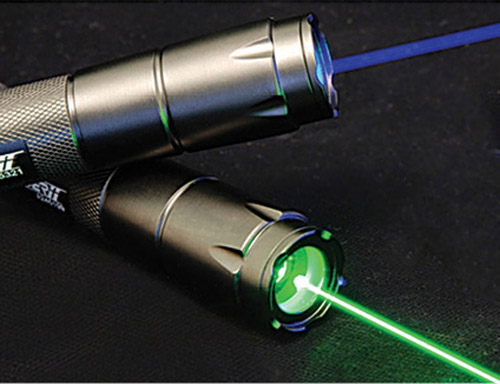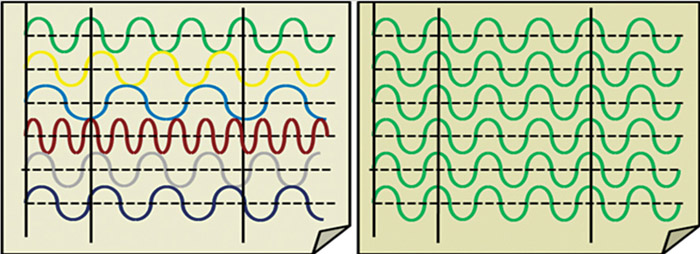
The word ‘LASER,’ acronym for ‘Light Amplification by Stimulated Emission of Radiation,’ is very common in the 21st century. Ever since the invention of the first laser (ruby laser) by Theodore Maiman in 1960, it has become one of the necessities today. Moreover, it is no less than a surprise that laser is being extensively used nowadays in both weaponry (missiles, guns, etc) and civilian applications with the same degree of effectiveness. However, despite its vast usage in almost every field, we still have not exploited its potential to the fullest.
In 1917, Albert Einstein established the theoretic foundations for the laser in a paper on quantum theory of radiation, via a re-derivation of Max Planck’s law of radiation, conceptually based upon probability coefficients (Einstein coefficients) for absorption, spontaneous emission and stimulated emission of electromagnetic radiation.
Definition and characteristics
Laser is technically defined as an optical device that produces an intense monochromatic beam of coherent light. The light produced by the laser is like any other light, i.e., an electromagnetic wave. But apart from the properties of any beam of light, it also has some other distinct characteristics that differentiate it from ordinary light and make it so valuable and useful (Fig. 2). These characteristics include monochromaticity, coherence, directionality and high intensity.




Monochromaticity. A beam is said to be monochromatic if it consists of a single wavelength. The energy of a photon determines its wavelength through the relationship E = hc/λ, where ‘c’ is the speed of light, ‘h’ is Planck’s constant and ‘λ’ is the wavelength. Ideally, the laser emits all photons with the same energy, and thus the same wavelength. Hence it is said to be monochromatic. In simple language, light emitted from a laser consists of one colour only. As of now, laser light is available at numerous wavelengths in the entire spectrum from ultra-violet (UV) to infrared (IR).
Coherence. Another interesting and important property of laser beam is that the wavefronts of the laser light vibrate in the same phase (see Fig. 3). This is known as coherence and the beam is called a coherent beam. This can be simply explained by the fact that in stimulated emission, a photon of the same frequency induces another excited atom to produce another photon, thus resulting in the emission of two photons that are in phase. Laser beam consists of such photons, which makes it coherent.
There are two types of coherence, namely, temporal and spatial. Temporal coherence measures how long light waves remain in phase as they travel. It describes the correlation or predictable relationship between coherent photons observed at different moments in time. Spatial coherence is used to measure the area over which light is coherent. In other words, spatial coherence describes the correlation between photons at different points in space.













